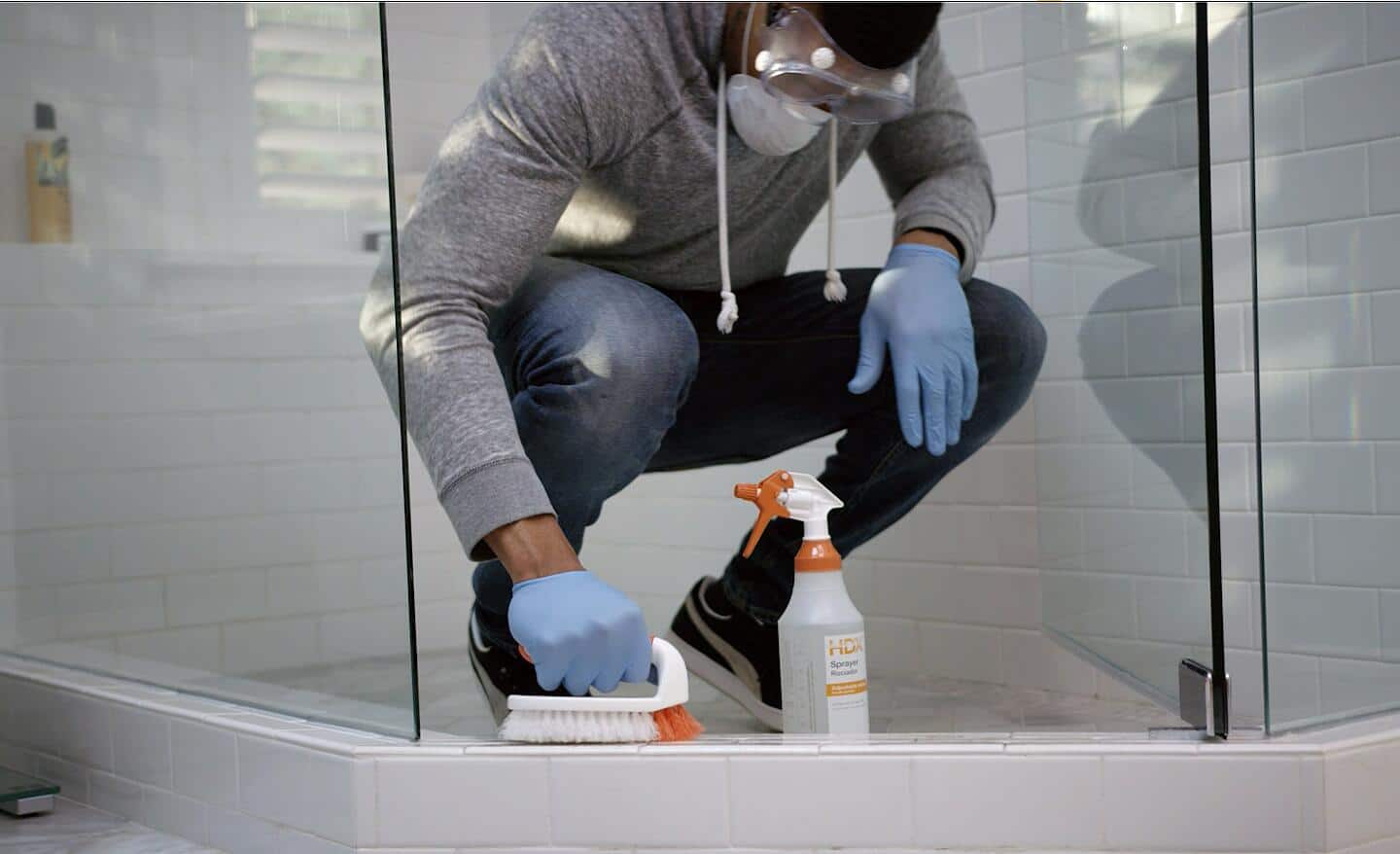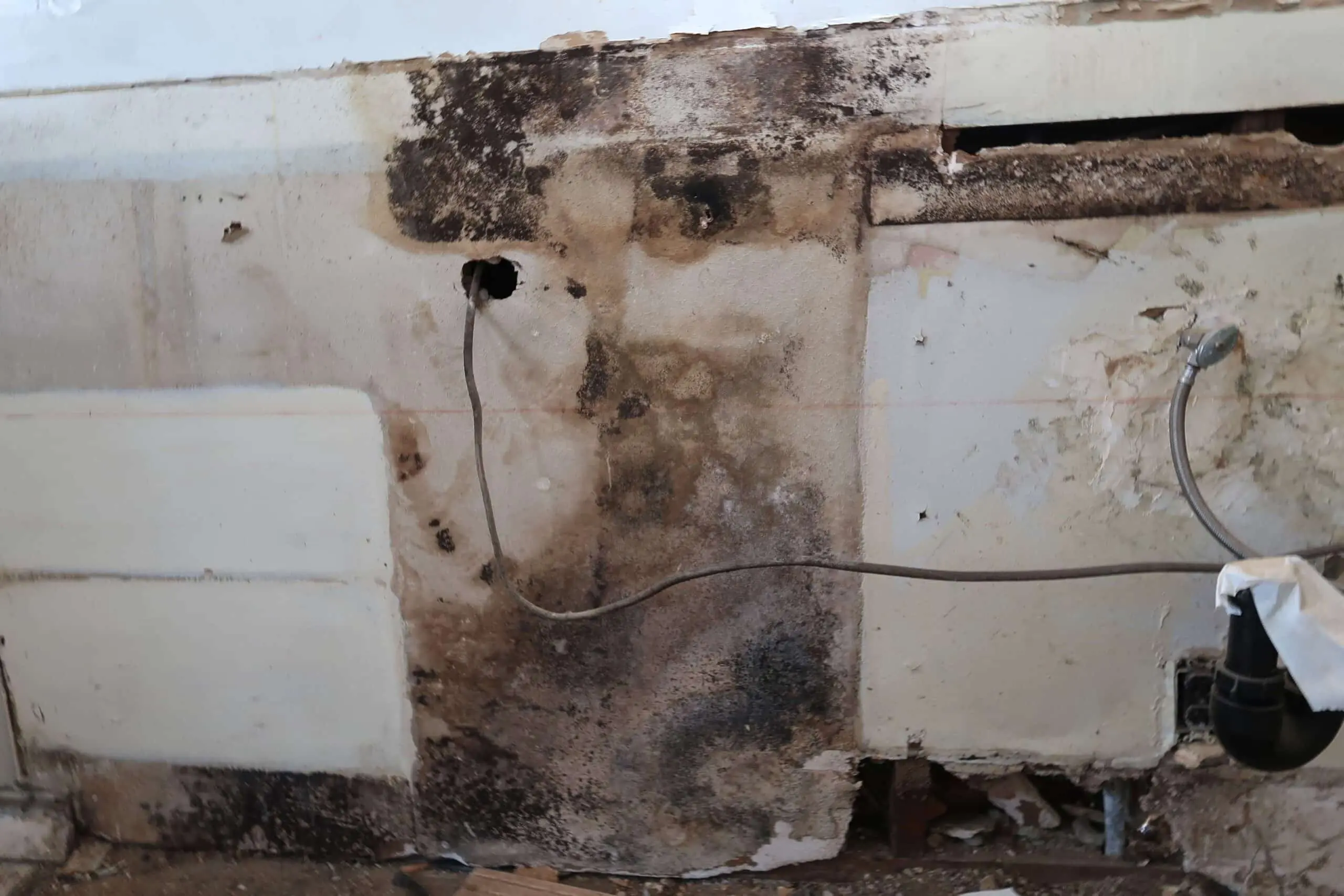Important Steps to Achieve Successful Mold Removal
Important Steps to Achieve Successful Mold Removal
Blog Article
Understanding the Health And Wellness Risks Connected With Mold Removal in your house
Mold and mildew elimination in homes, while required for maintaining a healthy living atmosphere, carries with it a variety of health and wellness threats that are frequently underestimated. Understanding these risks is vital, as mold and mildew direct exposure can lead to considerable health problems, consisting of sensitive responses and breathing problems, which can be particularly serious for susceptible people. Mold Removal.
Common Mold And Mildew Types and Threats
Mold, an insidious visibility in many atmospheres, manifests in various types, each with its own collection of risks. Among the most common kinds are Stachybotrys, Aspergillus, and Penicillium, which are frequently located in structures and homes. Stachybotrys, frequently referred to as black mold and mildew, prospers in wet, cellulose-rich materials such as wood and paper. It is infamous for its prospective to produce mycotoxins, which can be especially uneasy in interior settings.
Aspergillus, a very adaptable mold, can grow on a selection of surface areas, including wall surfaces, ceilings, and fabrics. It prevails in both outside and indoor settings and can multiply under diverse problems. While not all stress of Aspergillus are dangerous, some can launch irritants and toxins that may present problems when inhaled or spoken to.
Penicillium is an additional typical mold kind that is defined by its rapid growth and green or blue appearance. It frequently colonizes water-damaged products, including rugs, wallpaper, and insulation. The spores of Penicillium are quickly airborne, making it a persistent risk in jeopardized interior settings. Each of these molds requires cautious identification and management to minimize prospective threats effectively.
Health Dangers of Mold Direct Exposure
Understanding the kinds of mold and their possible risks sets the stage for examining the health threats connected with mold and mildew direct exposure. Mold, a type of fungi, can grow inside and end up being a source of numerous wellness issues.
Furthermore, specific molds produce mycotoxins-- additional metabolites that can be especially hazardous when inhaled or ingested. Prolonged exposure to these hazardous mold and mildews, such as Stachybotrys chartarum, can lead to more serious health outcomes, consisting of neurological issues and endangered immune feedbacks. Infants, the elderly, and people with weakened body immune systems deal with increased danger of significant health and wellness issues as a result of mold direct exposure.
Recognizing these health and wellness risks emphasizes the importance of dealing with mold and mildew issues immediately and properly. Recognizing the signs and prospective long-lasting effects of mold direct exposure is essential in preserving a healthy and balanced indoor atmosphere and safeguarding personal wellness.
Safe Mold Removal Techniques

Extensive cleaning of mold-affected surfaces is vital. Non-porous materials such as glass, steel, and tough plastics can be rubbed with water and cleaning agent. For porous products like drywall or carpet, disposal and removal are frequently the best options, as mold and mildew can pass through deeply. When using chemical mold removers or biocides, adherence to maker guidelines ensures efficiency and safety.
Control of the workplace is one more crucial action. Securing off impacted areas with plastic sheet prevents mold and mildew spores from spreading during elimination efforts. In addition, utilizing HEPA vacuum and air purifiers can record airborne spores, minimizing the danger of breathing. By utilizing these strategies, mold removal can be implemented securely and efficiently, lessening carcinogen.
Protective Gear and Devices
Reliable mold and mildew removal requires the usage of appropriate protective gear and equipment to protect versus possible health threats. Mold spores, when disrupted, can come to be air-borne and posture serious breathing problems and allergies. Consequently, people entailed in mold removal need to focus on personal security by furnishing themselves with appropriate protective gear.
Leading amongst protective equipment is Going Here using an N95 respirator or a more durable mask, such as a P100 respirator, to stop breathing of mold spores. These respirators are developed to filter out at the very least 95% of air-borne bits, guaranteeing breathing protection. Wearing handwear covers made of nitrile, rubber, or neoprene is crucial to avoid skin call with mold and cleansing services.
Safety apparel, such as disposable coveralls or clothing that can be conveniently cleaned in hot water, is additionally vital to stop mold and mildew spores from adhering to individual outfit. Safety goggles or full-face respirators safeguard the eyes from irritability brought on by mold direct exposure. Additionally, to make certain thorough protection, people ought to make use of shoe covers or commit a pair of shoes solely for mold and mildew removal jobs.
Employing these protective actions reduces the threat of health complications, emphasizing the importance of detailed preparation in mold and mildew removal initiatives.

Expert Vs. DIY Mold Removal
Expert mold removal solutions use experience, advanced tools, and thorough methods to thoroughly remove mold while reducing wellness dangers. Technicians are educated to assess the level of the mold invasion accurately, recognize covert mold and mildew sources, and carry out this post effective control measures to protect against further spread.
On the other hand, DIY mold elimination can be an economical alternative however often lacks the precision and thoroughness of specialist services. House owners might not have the required experience to identify all impacted areas, potentially leaving mold and mildew that can grow back. In addition, improper handling can aggravate health dangers, as troubling mold and mildew without suitable protective equipment can launch spores into the air, boosting direct exposure.
Ultimately, the option in between specialist and do it yourself mold removal must be affected by the extent of the infestation, the health conditions of those in the Recommended Reading family, and the property owner's capability to properly manage the remediation process without jeopardizing security. Mold Removal. Prioritizing health and wellness and effectiveness is extremely important in this choice

Final Thought
Mold removal in domestic settings postures substantial health and wellness risks, demanding a detailed understanding of these risks to ensure reliable reduction. Exposure to numerous mold kinds can cause allergies and respiratory issues, particularly in prone populations. Using risk-free removal techniques and ideal protective equipment, such as N95 respirators and gloves, is critical. Examining whether to engage expert services or take on a DIY strategy is vital for optimal security and performance in mold remediation initiatives.
Mold and mildew elimination in homes, while necessary for maintaining a healthy living atmosphere, carries with it a variety of health dangers that are often ignored.Comprehending the kinds of mold and mildew and their potential dangers sets the stage for taking a look at the wellness risks associated with mold exposure.Effective mold elimination requires the usage of appropriate protective gear and equipment to protect against prospective health and wellness threats. Specialist mold and mildew removal solutions offer experience, progressed devices, and thorough strategies to thoroughly eliminate mold and mildew while minimizing wellness threats. Technicians are trained to assess the extent of the mold infestation accurately, determine concealed mold sources, and implement reliable control procedures to stop additional spread.
Report this page